
The University of Reading has signed up for over 20 ‘read and publish’ deals with major publishers over the past few years. The idea of the deals is that they combine the subscription and publishing elements together so that staff and students can read journal content but also publish Open Access without having to pay Article Processing Charges (APCs). This can make it easier for authors to manage Open Access – there is usually no invoice to sort out – and has also made it possible for more of Reading’s research outputs to be published as Open Access across a wide range of disciplines.
How many articles have been published via the publisher deals?
A limited number of publisher deals were available as early as 2019 but most large deals have been agreed since 2021/2022. The graph below shows the growth in the number of publications from University of Reading authors that achieved Open Access via a publisher deal. To date, over 1300 papers have been published Open Access through the deals across over 750 different journals.
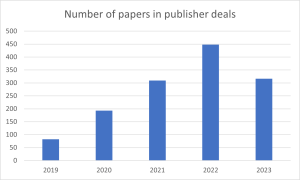
The figure for 2023 is for papers up to October 2023 and does not reflect the full year total.
The majority of these papers, 91%, have been published in Hybrid Gold Open Access journals. Hybrid journals charge readers a subscription fee and then also require authors to pay an Article Processing Charge (APC) to make their work Open Access. The idea of the read and publish transformative deals is that they should enable publishers to ‘flip’ more journals to a fully Open Access (Pure Gold) model over time.
Do the deals cover a range of journals across disciplines?

The subject categories, by journal in which they were published, for articles by University of Reading authors that were made Open Access via publisher deals between 2020 and 2023. Data from SciVal.
By analysing the articles by authors at University of Reading that have been published Open Access through publisher deals using SciVal, it is possible to show the range of subject areas covered by the outputs. The sector marked as ‘other’ contains multidisciplinary journals such as PLOS One, Nature etc. When compared with all papers published by University of Reading authors, there seems to be a good match up with the full range of research disciplines across the institution. This indicates that most researchers across the University should be able to find journals in their discipline that are included in the various publisher deals.

The subject categories, by journal in which they were published, for all outputs attributed to University of Reading researchers between 2020 and 2023. Data from SciVal.
Looking at the keywords included in the Open Access articles by University of Reading authors, it is clear that they include a wide subject mix, from entrepreneurship to ewes and from snake bites to self-determination theory.
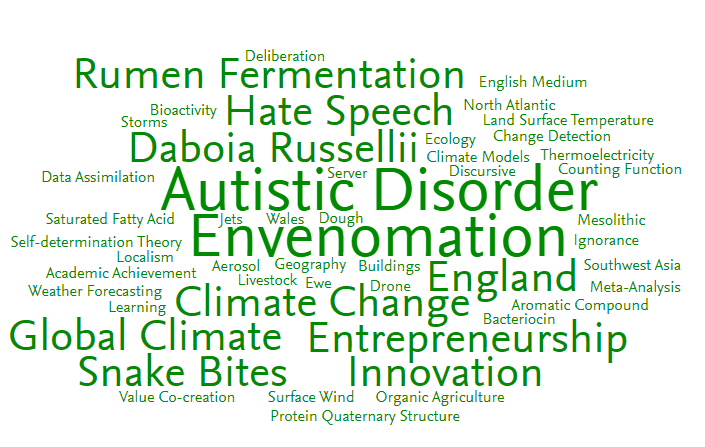
A word cloud based on the keywords mentioned in the articles that were published Open Access by University of Reading authors through publisher deals (Data from SciVal).
Finding journals included in the Read and Publish deals using SciFree
As there are over 10,000 different journals included in the publisher deals that University of Reading researchers can access, the SciFree tool has been tailored to help researchers search for relevant journals. Searching for a journal name in SciFree will provide information on whether the title is included in a deal, what the publishing model for the journal is and how to find out more information on how to access the deal. In the example below, The Journal of Higher Education is shown as being part of the Taylor & Francis deal. Clicking on the red tick will take authors to the Open Access Libguide which explains the deal further and how to make sure that a paper will qualify for automatic Open Access. There is also advice on the correct Creative Commons licence to choose – for University of Reading and most research funders, the best option is CCBY.

The SciFree tool helps to find journals included in the publisher deals and how to ensure you qualify for Open Access.
For all of the publisher deals, the corresponding author of the paper must be based at University of Reading and declare their affiliation as University of Reading at the submission stage. It also helps publishers to identify qualifying authors if they use their Reading email address at submission. Staff and students are eligible for the deals.
Help and support
Many of the publishers involved in Read and Publish deals have information on their websites to guide authors. Examples are Cambridge University Press, Taylor & Francis and Elsevier.
Staff and students at University of Reading who have questions about the journals covered by the Read and Publish deals should contact oarequests@reading.ac.uk for more information. The Open Access Libguide and the SciFree tool tool are also useful sources of additional information.



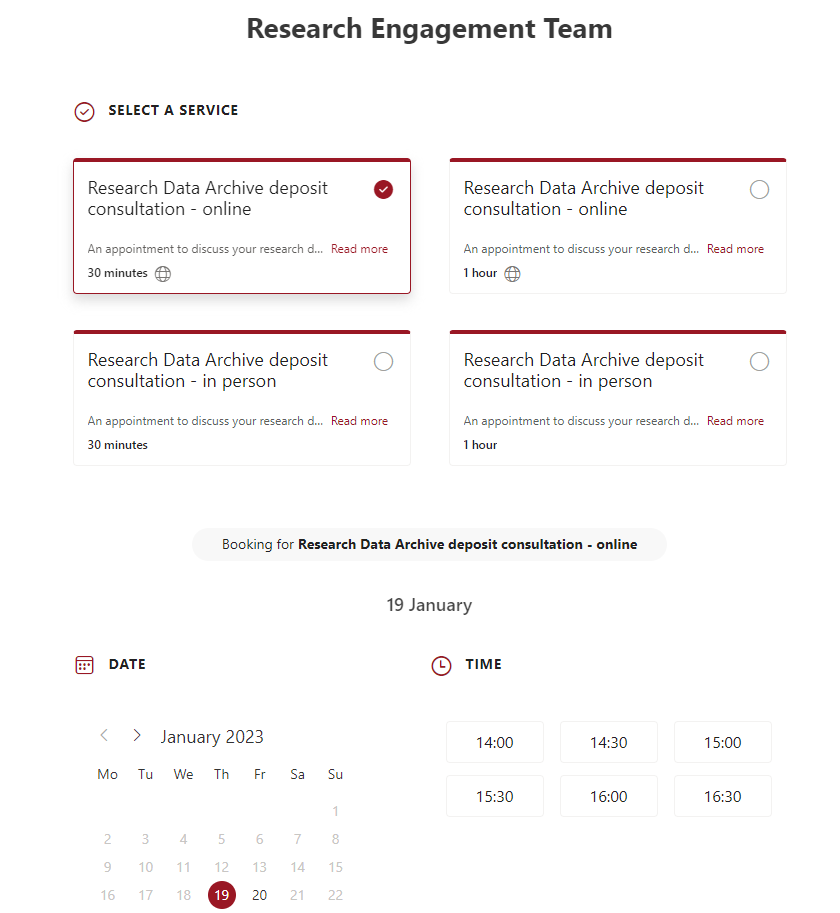







 SciFree also indicates the type of licence that you should choose when you sign the publisher’s agreement. In nearly all cases, you should choose the CC BY version of the licence. This is the most open version and is in line with
SciFree also indicates the type of licence that you should choose when you sign the publisher’s agreement. In nearly all cases, you should choose the CC BY version of the licence. This is the most open version and is in line with 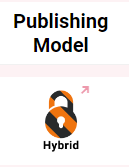 The type of Open Access offered by the chosen journal is also indicated in the SciFree tool. In the example above, the journal is classified as a hybrid Gold journal. This means that the journal still charges a subscription fee for readers but also usually levies an additional fee for authors to make their work Open Access.
The type of Open Access offered by the chosen journal is also indicated in the SciFree tool. In the example above, the journal is classified as a hybrid Gold journal. This means that the journal still charges a subscription fee for readers but also usually levies an additional fee for authors to make their work Open Access.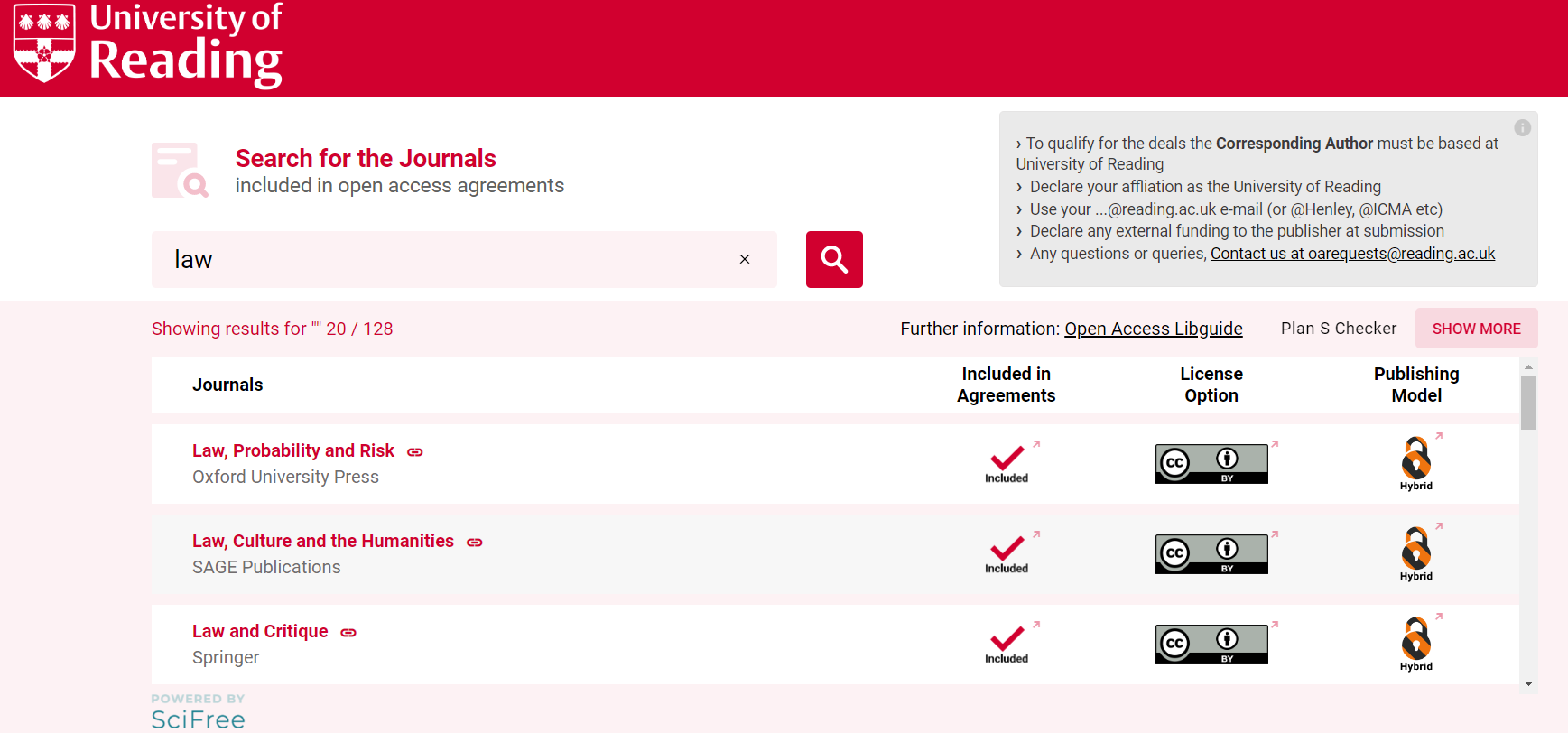
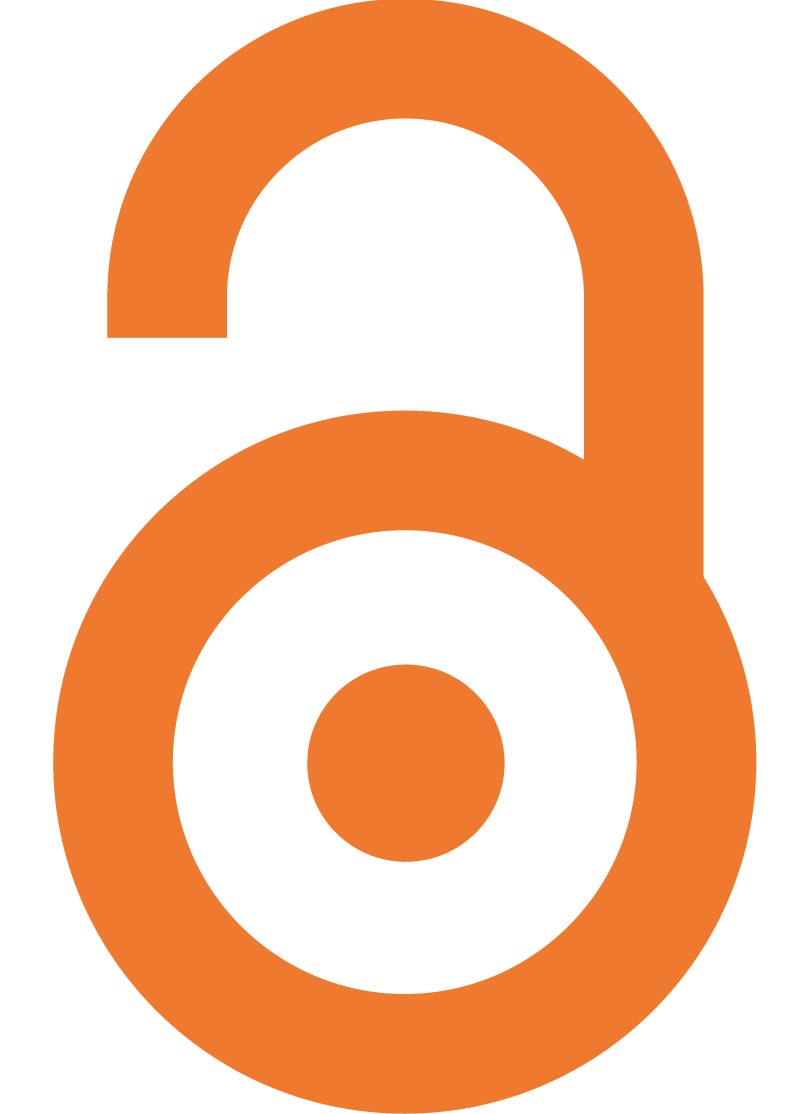 Fully Open Access ‘Gold’ journals
Fully Open Access ‘Gold’ journals RSS - Posts
RSS - Posts